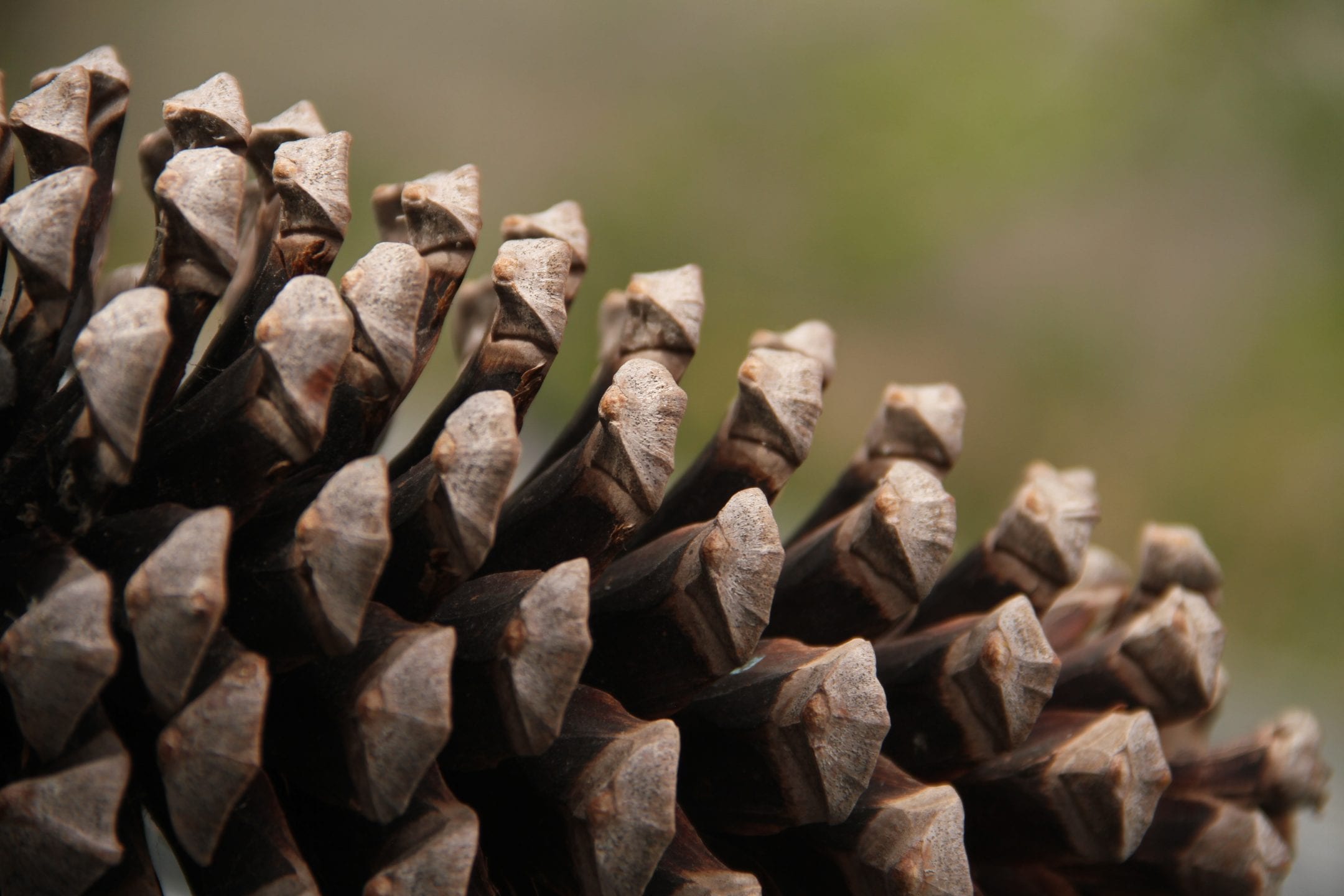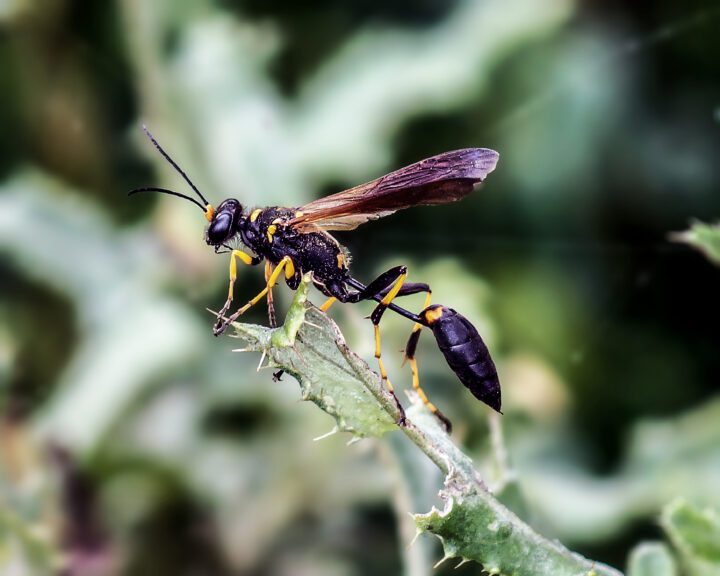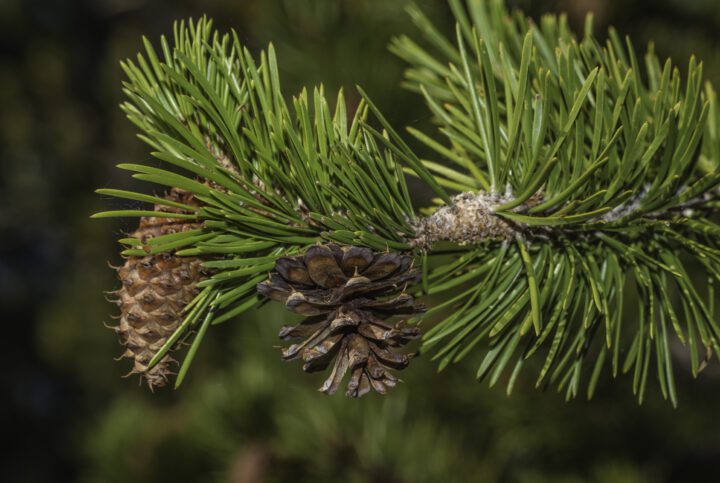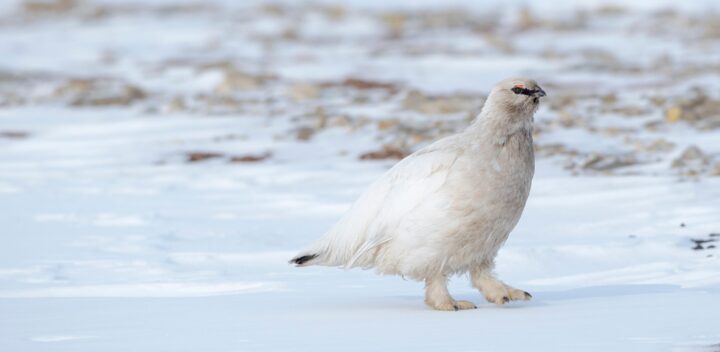A slight rise in humidity triggers pine cones to curl up their scales to prevent ineffective seed dispersal in wet weather.
Introduction
Savvy naturalists have long known the old trick of using pine cones to predict the weather. If it’s dry, pine cones on the ground will let down their slender scales and open up like the fingers of an unfurling fist. If rain and humidity are in the air, the scales will clamp up like a castle drawbridge, overlapping one another and sealing the cone into a tight ball.
The idea is simple—to open and release seeds when conditions are best for winds to carry them far and wide. Wet weather dampens dispersal.
But how do they “sense” humidity when pine cones contain no living cells? And how do they move without any muscles or nerves?
The Strategy
The secret lies in the structure of their scales. Pine cone scales have multiple layers with different qualities. The outermost side of the scale (which faces downward when the scales are open) is made of a layer of loosely packed, stretchable cells. The inner layer (facing upward when the scales are open) is made of stiff fibers tightly packed like cables.
When the scales are open and the air becomes humid, water drops will begin to fall or bead on the upper layer. The water slides down toward the cone’s central stalk and is channeled into the scale’s interior. There, the water fills up the cells and the empty spaces between them. This layer expands and stretches, while the less flexible upper layer stays more taut. The scales bend upward in the middle until they curl completely shut.
When humidity levels reach around 20 percent, it takes just a one-percent change in humidity to trigger the scales to close. Then, when the air becomes drier, water in the scales evaporates, the outer layer shrinks back in size, and the scales reopen.

Pine cone scales unfurl to disperse seeds via the wind. But humidity rises, the scales close again to prevent seeds from dispersing in unfavorable weather conditions.
The Potential
Pine cones’ effective, sensitive, water-driven scheme is inspiring engineers to design mechanisms that can move and/or change shape without needing energy input. Such innovations could lead to novel systems to transport water, or on a smaller scale, to serve as activation switches for robotics.
Scientists are also exploring new materials that quickly respond to environmental changes. “Smart” fabrics could react automatically to changing temperatures or humidity. When the fabric gets wet from sweat or humidity, layers in the fabric could open up and make it more breathable. When conditions dry out, the material could revert to its original tight knit weave.
Similarly inspired building materials might also respond to changing humidity. In dry, warm midday air, self-adjusting blinds, for example, might bend to create shade and keep houses cool. At night through humid early mornings, they would relax and open up again.









